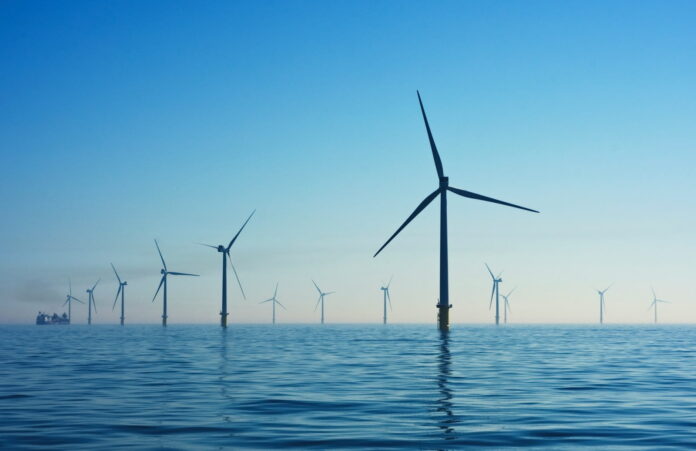As the world grapples with the urgent need to address climate change, integrating clean energy into the power grid has become a critical step in the transition towards a more sustainable future. The shift from traditional fossil fuel-based energy systems to renewable sources is not merely a choice but a necessity for environmental preservation and energy security.
Bridging the Gap: Grid Integration
Integrating clean energy into the power grid poses a unique set of challenges, primarily due to the intermittent nature of sources like solar and wind. The traditional grid was designed for steady, predictable power flows from centralized generation plants, and the variability of renewables requires a more flexible and adaptive grid infrastructure. Bridging this gap involves upgrading transmission and distribution systems to handle the fluctuations in power generation and to distribute electricity efficiently across vast geographical areas.
One of the strategies for grid integration is the implementation of smart grid technologies. These systems use digital communications to detect and react to local changes in usage and generation, allowing for better demand response and distribution management. Smart grids also facilitate the integration of distributed energy resources (DERs), such as rooftop solar panels and small-scale wind turbines, which can contribute to the overall energy mix and enhance grid resilience.
Another approach to grid integration is the expansion of energy storage solutions. Batteries and other storage technologies play a crucial role in balancing supply and demand, storing excess energy generated during peak production times, and releasing it when demand is high or generation is low. By smoothing out the peaks and troughs of renewable energy production, storage systems ensure a steady and reliable supply of electricity, making the grid more accommodating to clean energy sources.
Clean Energy: Challenges and Solutions
The transition to clean energy is fraught with challenges, ranging from technological hurdles to economic and policy barriers. Renewable energy technologies, while rapidly advancing, still face issues such as high initial costs, the need for extensive infrastructure, and the requirement for technological innovation to increase efficiency and reliability. Additionally, there are concerns about the environmental impact of certain clean energy technologies, such as the land use for solar farms or the potential effects on wildlife from wind turbines.
Solutions to these challenges are emerging, driven by both policy initiatives and market forces. Governments around the world are providing incentives such as tax credits, subsidies, and feed-in tariffs to promote the adoption of renewable energy. These financial mechanisms help to lower the cost barrier and encourage investment in clean technologies. In tandem, research and development efforts are pushing the boundaries of what renewable energy systems can achieve, improving their performance and reducing their environmental footprint.
The integration of clean energy into existing markets is being facilitated by new business models and regulatory frameworks. Energy markets are evolving to accommodate the participation of renewables, with changes in market rules, grid codes, and pricing mechanisms that reflect the value of clean and flexible energy sources. This evolution helps to create a level playing field for renewables, allowing them to compete with traditional energy sources and accelerating their adoption.
Future-Proofing with Renewable Sources
The future of energy is undoubtedly renewable. To future-proof our energy systems, it is essential to continue expanding the use of renewable sources and to innovate in ways that enhance their integration into the grid. This involves not only the continued development of wind and solar power but also emerging technologies such as wave and tidal energy, which offer the potential for a more constant and predictable source of clean power.
As we look to the future, the role of decentralized energy systems and microgrids is becoming increasingly important. These localized grids can operate independently or in conjunction with the main grid, offering flexibility, reliability, and a reduced environmental impact. They are particularly beneficial in remote or underserved areas, where they can provide access to electricity without the need for extensive infrastructure development.
Finally, the shift to a clean energy future requires a holistic approach that encompasses not just technological advancements but also societal changes. Public education and engagement are crucial in building support for renewable energy projects and in promoting energy efficiency and conservation. By fostering a culture that values sustainability, we can ensure that the integration of clean energy into the grid is not just a technical endeavor but a shared commitment to a greener, more resilient future.
The journey towards integrating clean energy into the grid is complex and multifaceted, involving technological innovation, policy reform, and societal participation. Bridging the gap in grid integration, overcoming the challenges of clean energy adoption, and future-proofing with renewable sources are all critical steps in powering our progress towards a sustainable future. As we continue to develop and refine the methods by which we incorporate clean energy into our lives, we lay the foundation for an energy system that safeguards the environment while meeting the growing demands of a modern world. The path forward is clear: a steadfast pursuit of clean, renewable energy integrated seamlessly into a smart, adaptive grid that serves not just the needs of today, but the aspirations of generations to come.
